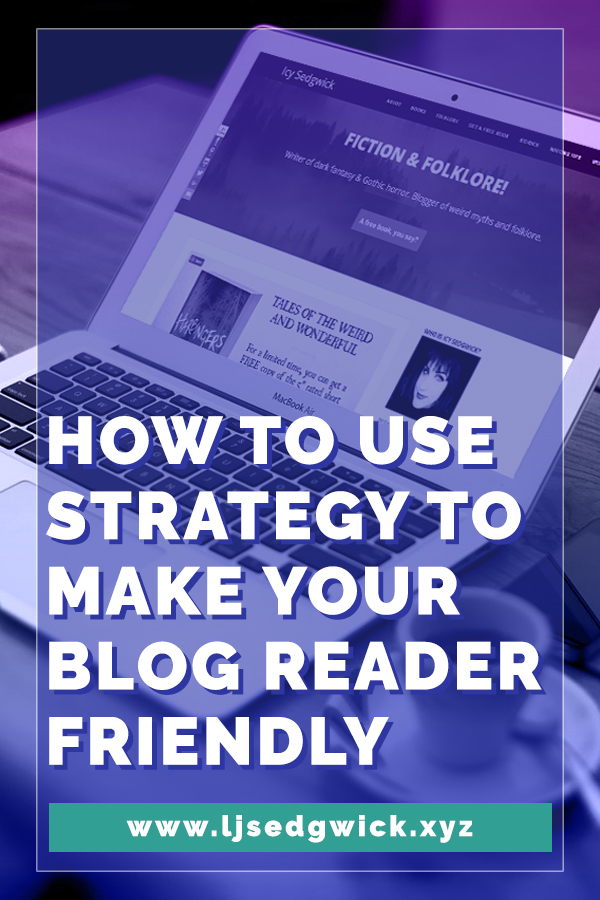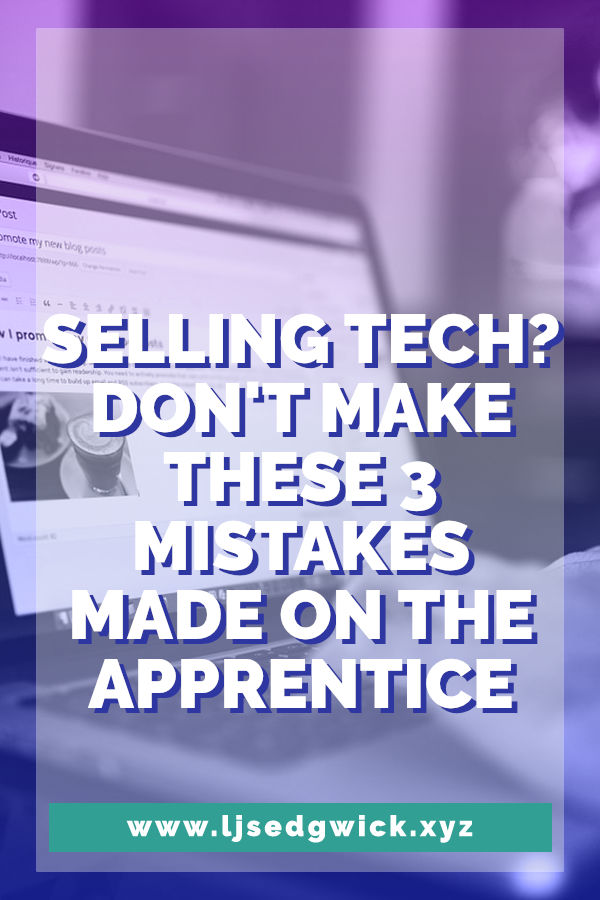You might have read the headline and thought “What? What has a Netflix TV series about FBI agents in the 1970s got to do with writing tech copy?”
And on first glance, your confusion would be well placed. But stick with me for a moment.
If you haven’t seen Mindhunter, it’s set in 1977. Two agents, Holden Ford (Jonathan Groff) and Bill Tench (Holt McCallany), try to change the attitude of the FBI towards criminal psychology.
Not really a million miles away from your desire to change the minds of your potential customers. Think of all of those people you could help, if you could only influence their attitude…

Here begins the lesson.
There’s a glorious moment towards the end of episode 2, season 1. Ford and Trench are trying to convince their boss not to suspend them. He’s not happy the two agents have been conversing with a killer, the so-called Co-Ed Killer, Ed Kemper (Cameron Britton). Most of the characters in the series are “old school”. They think people do evil things because they’re evil. No one tries to understand their actions which crucially means no one can pre-empt them.
So in copywriting terms, here’s the problem. How do we stop serial killers if we can’t identify them early on? You’re not dealing with serial killers when you’re writing tech copy but you are dealing with problem solving.
Ford and Trench are different from everyone else. They’ve seen how useful Kemper’s insights are. As an articulate and intelligent serial killer, Kemper is well-placed to give them an understanding into the psychotic mind. Ford and Trench use these insights in a following episode to catch a killer, proving their plan works. And bizarrely, Kemper is only too happy to help.
But let’s go back to the crucial moment. Ford wastes so much time on fluff, telling his boss about how vital the work can be. His boss isn’t convinced, and won’t be convinced by the rhetoric. In landing page terms, he’s the copy that waxes lyrical about how wonderful the world can be, the one that lists reams of features and even digs into metaphor. No matter how well-written it is, it lacks punch.
Trench, the no-nonsense voice of experience, weighs in.
How do we get ahead of crazy if we don’t know how crazy thinks?
With that single sentence, their boss rethinks the situation and gives them a small amount of leeway to invest time in their project.
You need to be more like Trench when writing tech copy.
Why is Trench more successful? He breaks the problem down into an easy solution that their boss can understand. Their boss doesn’t come from a background in behavioural science or psychology. So Ford focuses on the features of their project. He can’t break down the technical stuff into digestible information. It’s easy to do that when writing tech copy because you know how cool your product is. But you forget that your intended customer doesn’t have your background and needs more persuasion.
In essence, Ford focuses on what the project is and how it might help.
But he neglects to mention why it could help. Trench gets straight to the heart of the why. They can pre-empt the behaviour of serial killers (and prevent their actions) if they understand how they think.

Simon Sinek couldn’t have put it better. Trench starts with their why. Their boss can grasp their purpose in an instant. In effect, he sees the benefit in what they’re doing.
So try this simple exercise when writing tech copy.
Think of a subject you didn’t get on well with at school. Remember how frustrated you got when your teachers didn’t understand why you struggled. That’s called the knowledge gap. Your teachers forgot what it was like to be where you were.
When writing tech copy, you need to be empathetic towards your customers. They’re the equivalent of you as a student. You become the teacher. Work out what it is you need to communicate.
Now pretend you’re not the teacher. You’re Bill Trench and you’re a badass at communication.
Break down your message into a simple benefit. Draft a range of ways to say it. Make sure you embed the why into the benefit. Some examples?
- Look at Evernote. It’s basically a digital notebook you can’t accidentally leave on the train.
- Or StudioPress.com. Their pre-made themes give you a professional website without the professional price tag.
- Use Canva to make infographics? It’s essentially Photoshop without the hefty subscription fee.
- And Visme. Avoid Death by Powerpoint by creating browser-based visual presentations.
Next, find someone who doesn’t have your background. Test out your messages on them. Do they get what you’re trying to say without further explanation? Do they want to find out more? If yes, then excellent. You have become Bill Trench. If no, then go back to the drawing board. Or hire me to write your tech copy for you. Check out my Tremendous Time Saver package for details.
Can you afford not to?




















